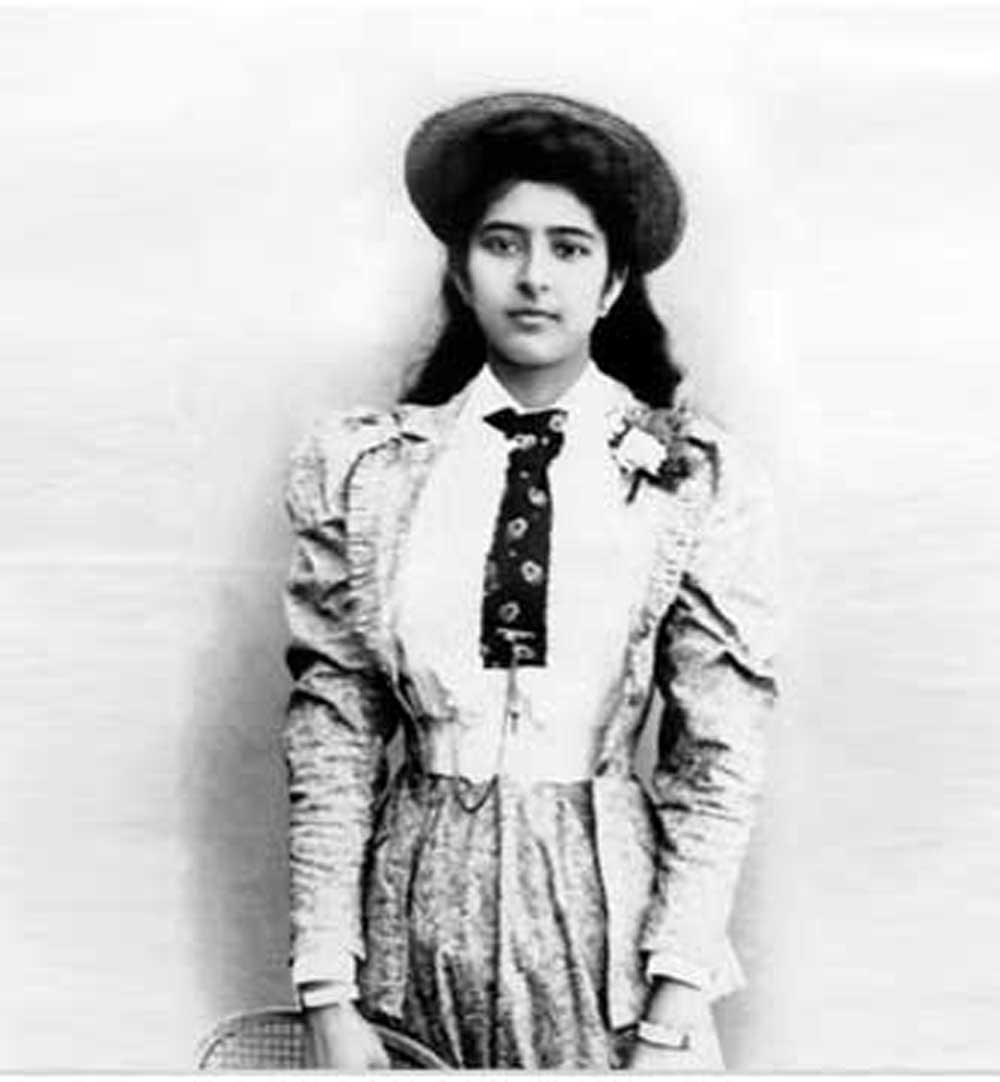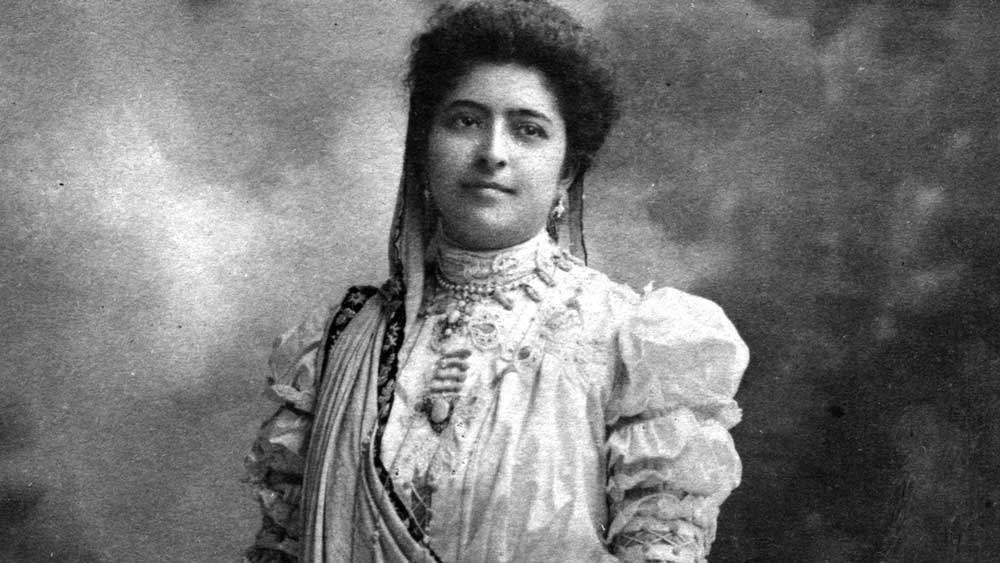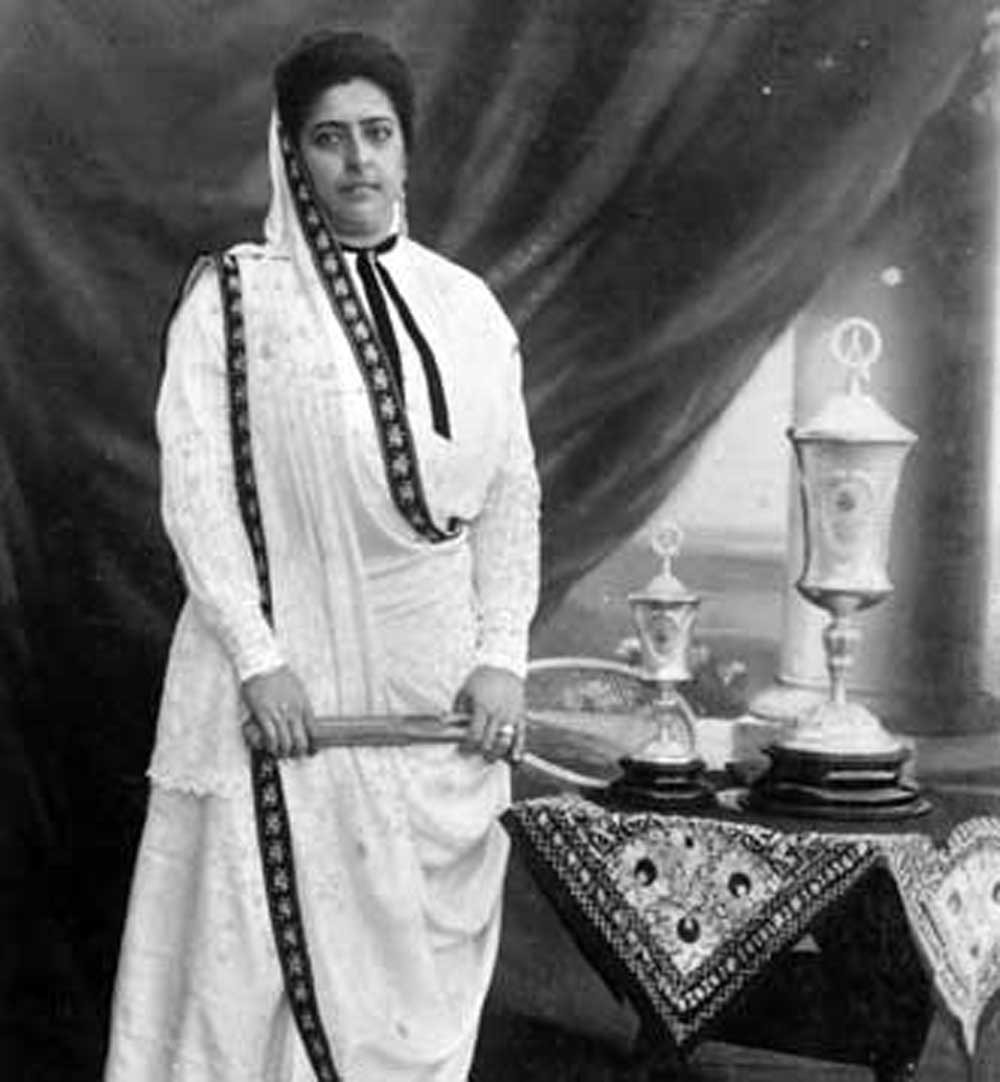

In 1898, Meherbai married Dorabji Tata, the eldest son of the industrialist Jamsetji N Tata. This union catapulted her into the public eye, and she soon became a prominent figure in society. Despite her elevated social status, Lady Meherbai remained deeply committed to personal growth and self-education. Her travels across the world with her husband exposed her to diverse cultures and ideas, further fuelling her passion for learning and sports.
Tennis was among Lady Meherbai’s great loves. She competed in numerous tournaments, winning over 60 prizes, and earning widespread admiration for her prowess on the court. Her achievements were not confined to India; she also competed at prestigious venues such as Wimbledon and Baden-Baden. Lady Meherbai’s elegance, particularly her pride in wearing the traditional saree on the tennis courts, left a lasting impression on spectators, blending cultural heritage with modern athleticism. Her passion for sports was equally matched by her skills in horse riding and driving her own motor car, feats that were considered remarkable for women of her time.

Lady Meherbai’s influence stretched beyond Indian borders. She founded the Bombay Presidency Women’s Council and introduced India to the International Council of Women, thereby connecting Indian women’s struggles with the global movement for gender equality. Her involvement with the Red Cross Society further highlighted her commitment to advocating for the rights of women, migrants, labourers, and other marginalised groups.

Lady Meherbai Tata’s pioneering spirit and dedication to both sports and social causes continue to inspire generations. Her story is a testament to the power of passion, perseverance, and unwavering belief in the potential of women to shape the future.